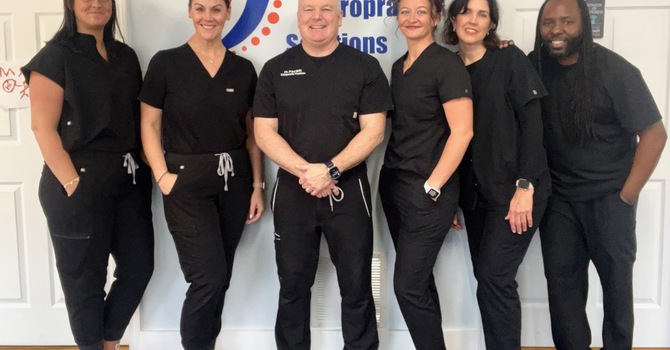Understanding Knee Pain
Dealing With Knee Pain
Knee pain is mostly attributed to a debilitating irritation of the cartilage behind the kneecap due to Patellofemoral Pain Syndrome (PFPS). While it can affect anyone, it is often the product of overuse of the knee in sports that involve jumping or running, so it is often referred to as "Runner's knee" In the general population, PFPS is the most common source of knee pain, affecting an estimated 25 percent of adults.
Common Causes Of Knee Pain
An imbalance between the muscles that help to direct your kneecap at the end of your thigh bone in its V-shaped groove is one of the most common causes of PFPS. A misaligned kneecap is repeatedly flexed and extended, leading to discomfort, swelling and eventually arthritis.
Kneecap (patella) misalignment is often secondary to hip and foot problems, especially the weakness of your gluteal muscles or flat feet.
Symptoms Of Knee Pain
Behind the kneecap, PFPS causes a dull pain exacerbated by prolonged walking, running, squatting, jumping, climbing stairs or emerging from a seated position. When walking downhill or down stairs, the pain is always worse. Long-term misalignment, which results in popping, grinding or giving way, may cause damage to the cartilage.
Conservative treatment is usually effective in relieving the symptoms, like the form given in this office. Initially, reducing activities that cause your pain, particularly running, jumping and activities that stress you into a "knock-kneed" position, is vital for you. When squatting, do not allow your knees to cross in front of your toes. Instead of running, some athletes will need to change their activities to include swimming or cycling.
Treating Knee Pain
One of the most significant things you can do to help realign the patella, alleviate pain and avoid recurrence is to regularly practice your home exercises. It might be helpful to use home ice or ice massage applied around your kneecap for 10-15 minutes, many times a day.

